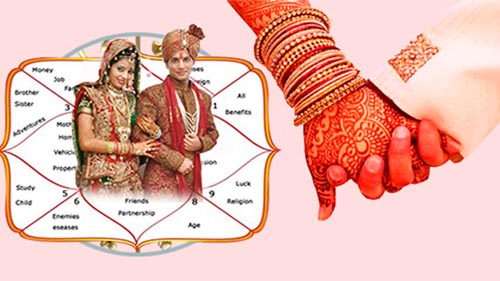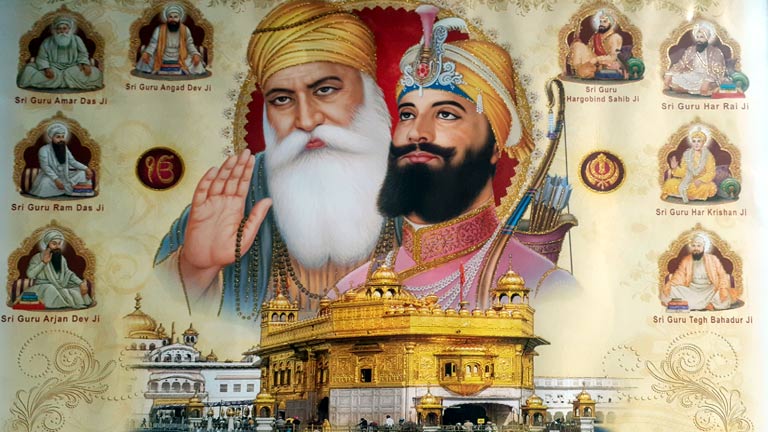Religious icons are an integral part of Russian culture. Anyone who has been in a Russian church can easily notice how important these religious icons play in Orthodox Christianity.
So what is a Russian icon?
An icon is a representation of a holy person or a notable happening, designed by an iconographer who adhere to the strict standards of the Orthodox Church. In most cases, they are dedicated and pronounced holy by a priest. Icons are typically hand-painted on wooden boards with egg tempera and have a visually prominent golden background.
The icon set may include metal covering which presents a distinctive meaning. The use of metal covering, known as oklad, represents a symbol of light and beauty of God’s world. Other icons are made from different materials such as mosaic, fresco, embroidery and often decorated with enamel or fixed with semi-precious or precious stones.
To the devoted Orthodox followers, icons are believed to be a window or gateway into the holy. The icons are prominent items used by the faithful to pray with and regard with great respect. The icons and the Saint portrayed are not actually worshipped but are viewed as a “window” into the holy realm instead. These icons are regarded as sacred objects by the Orthodox Church, which is why they are typically not identified by a person’s signature.
The making of Russian icons
These icons come in different sizes. The very small icons are typically seen in the home decoration of a room or used as religious gifts for people of faith. Large icons are common objects found in cathedrals.
An iconographer sculpts the wooden board to create a self-contained border. Then several layers of gesso, a hard mixture of plaster of Paris or whiting in glue utilised in sculpture, is applied before the image is carved onto that surface. Tempera paint, a mixture of egg yolk and crushed mineral pigment, is coated to the board in layers from dark to light shades. Linseed oil is used as a final detail to the iconic work.
Icon painting is a living tradition, and most icons today have always been created in the same process they were painted a long time ago. Evidently, these characteristic features of the Russian icons make them unique from the Western counterparts. The icons you may find in Museums include both very old ones produced before 1700 and new icons produced between the years 1700-1800, with the majority produced between the years 1800-1917.




